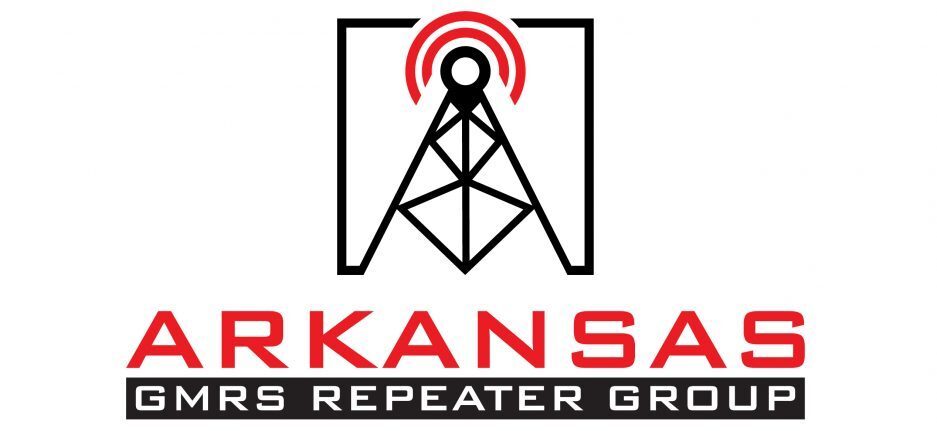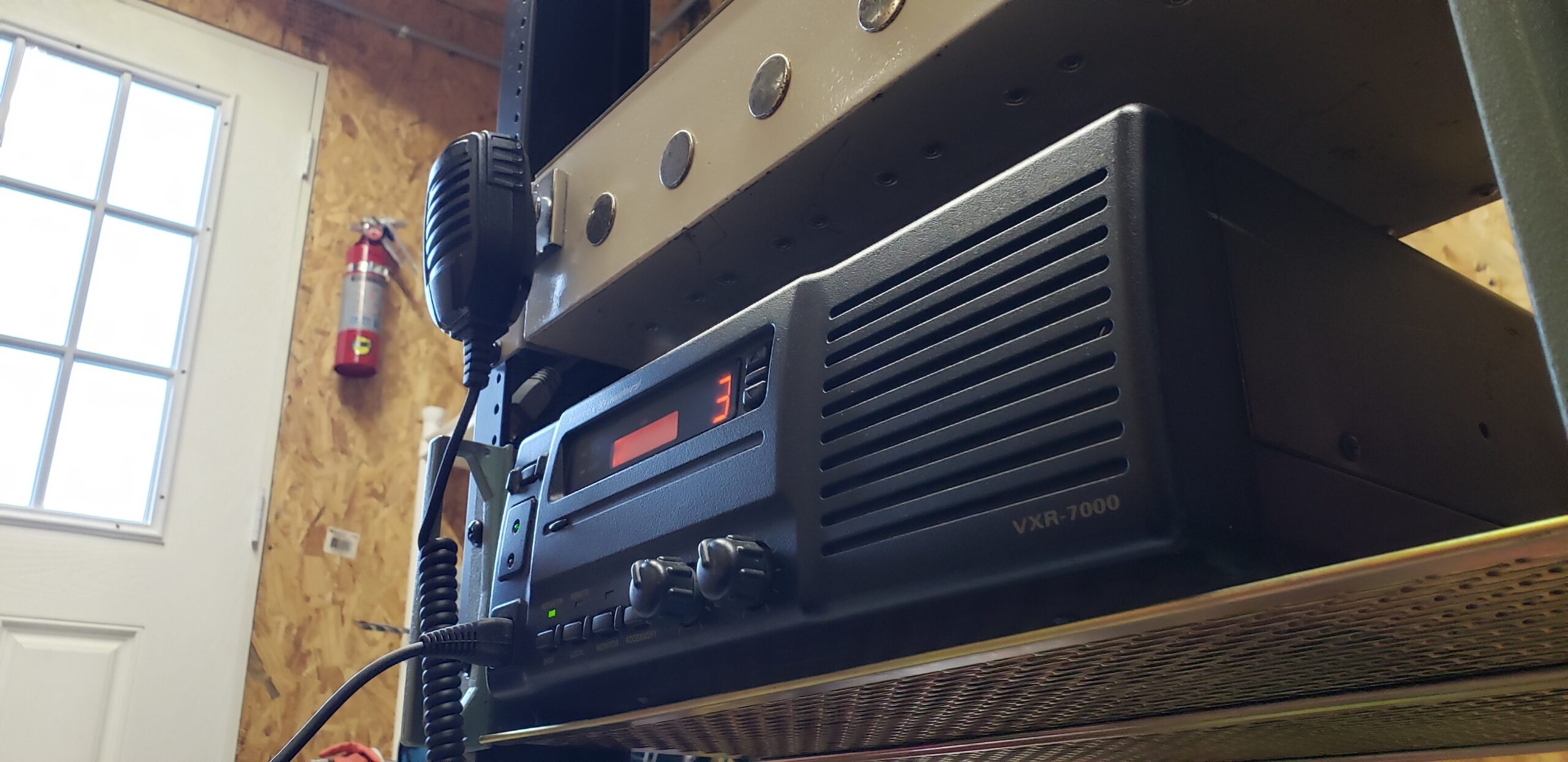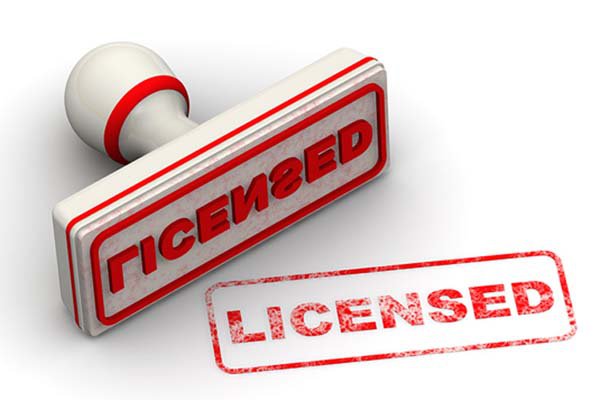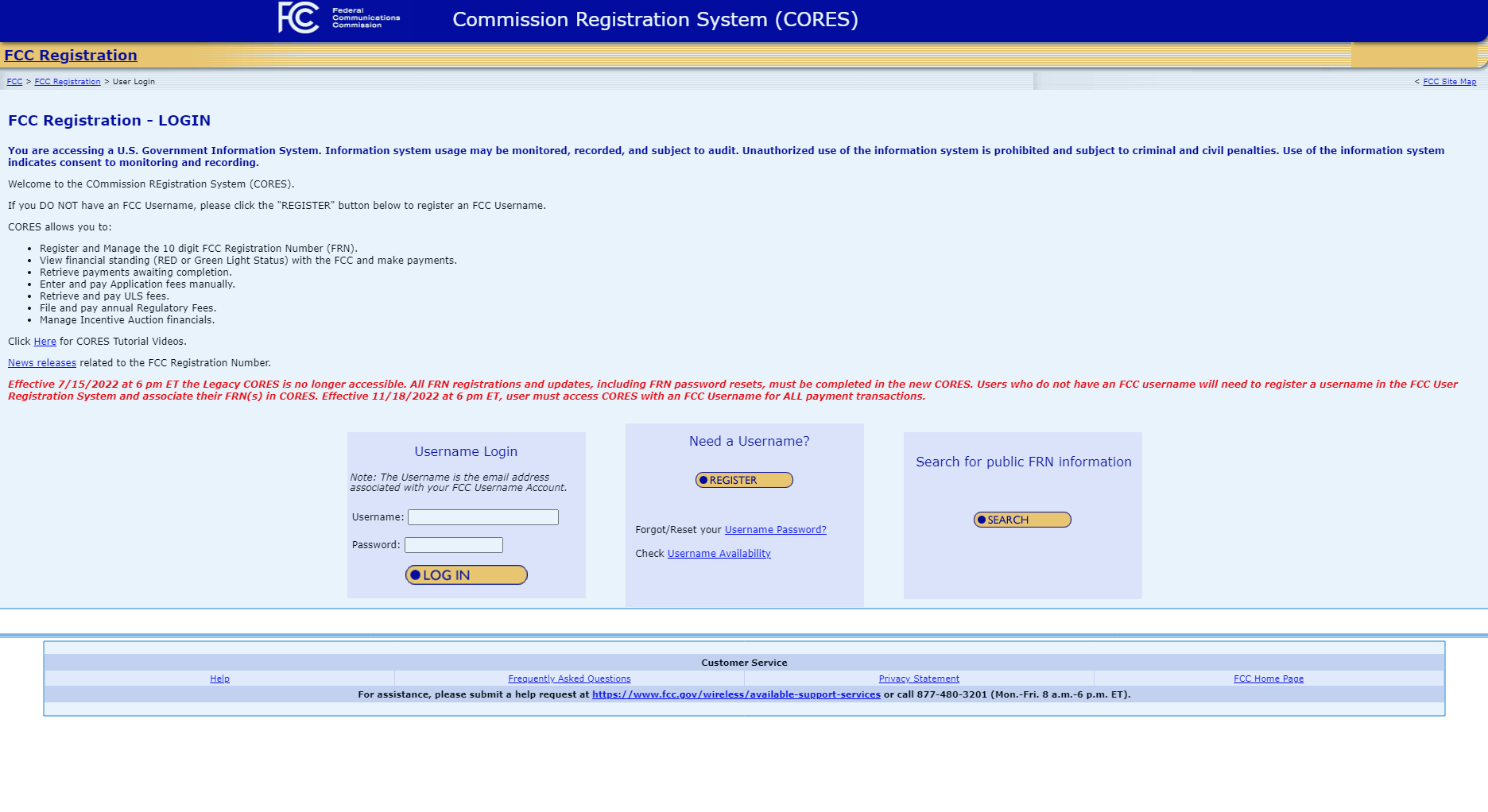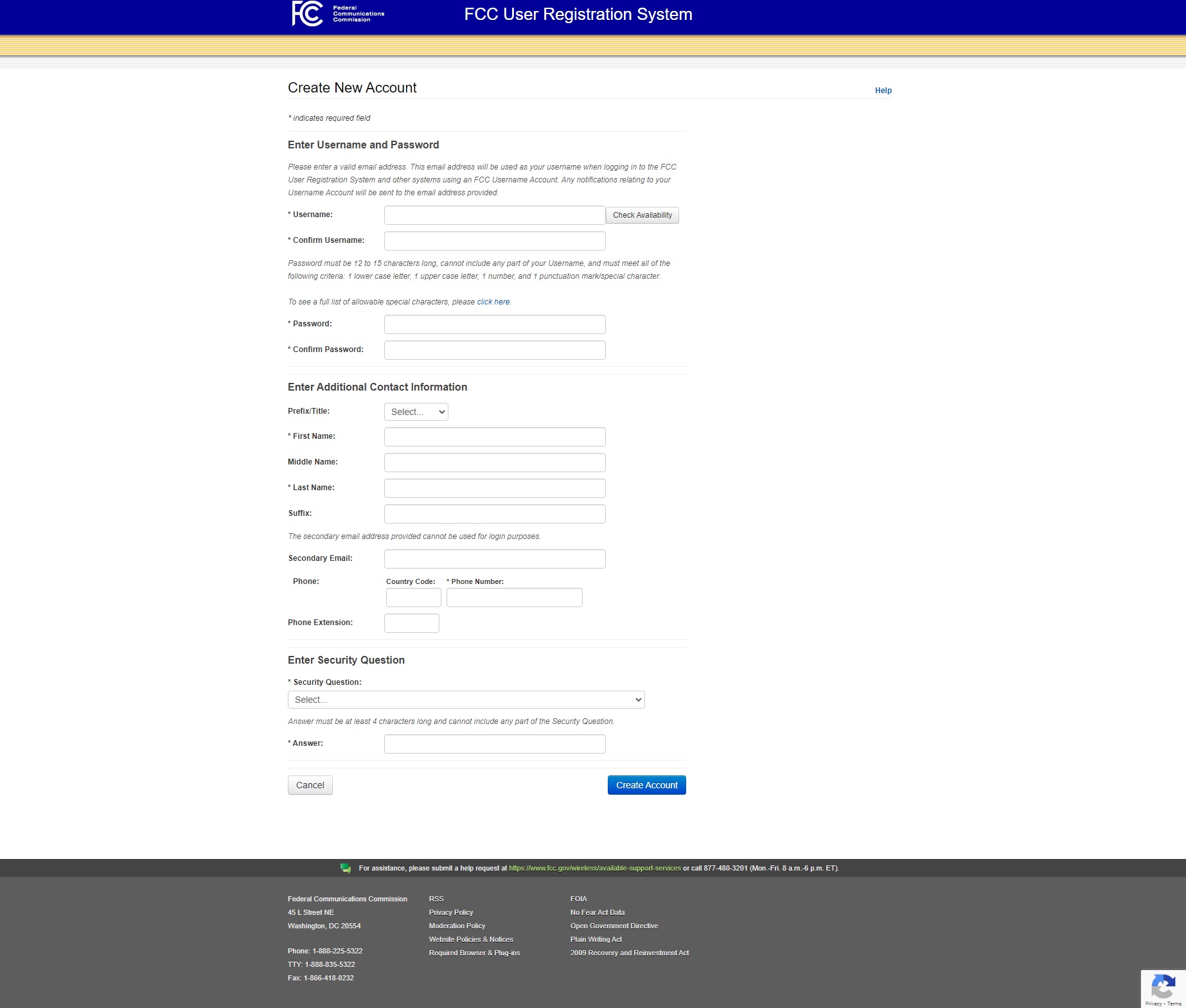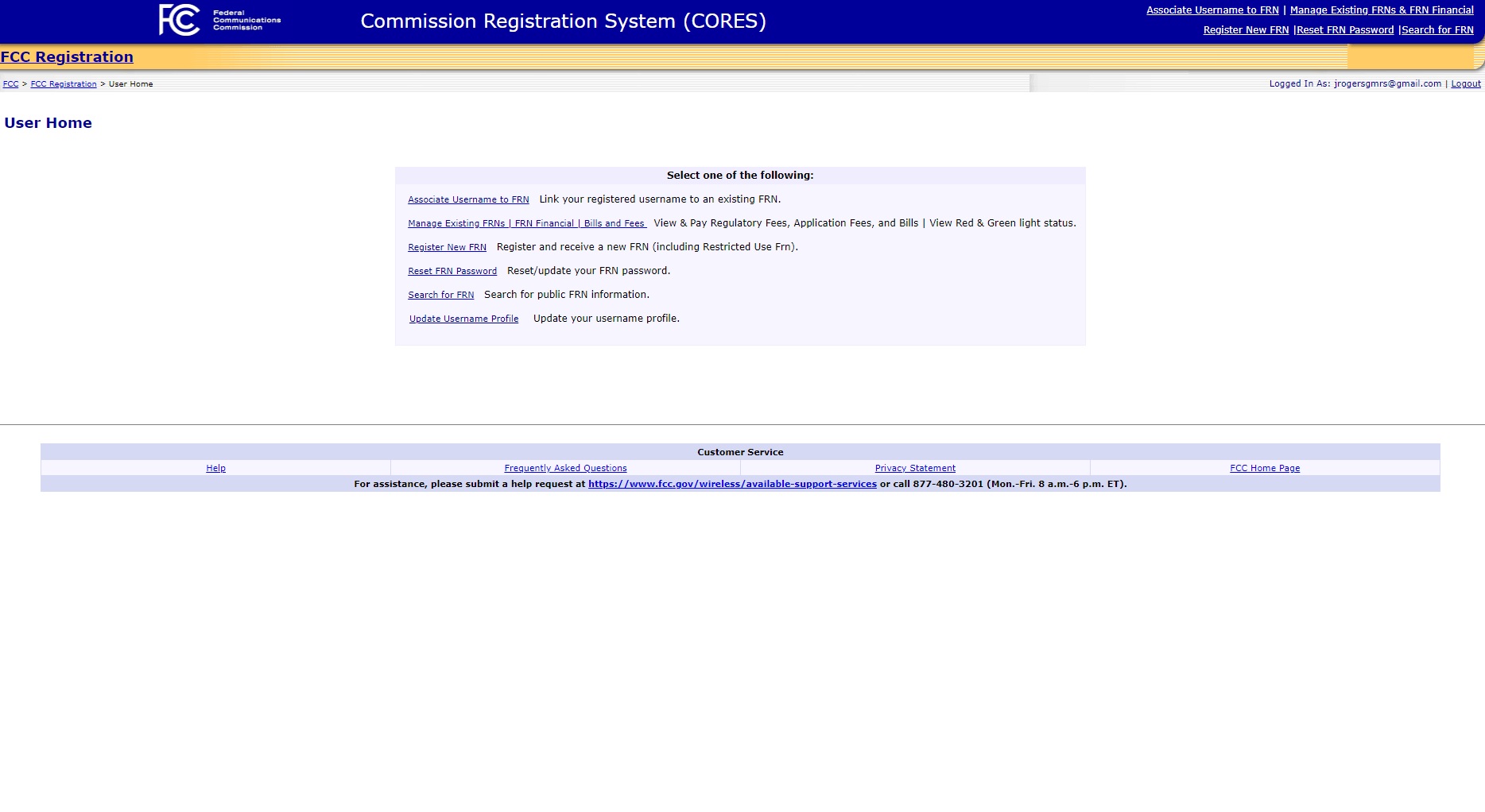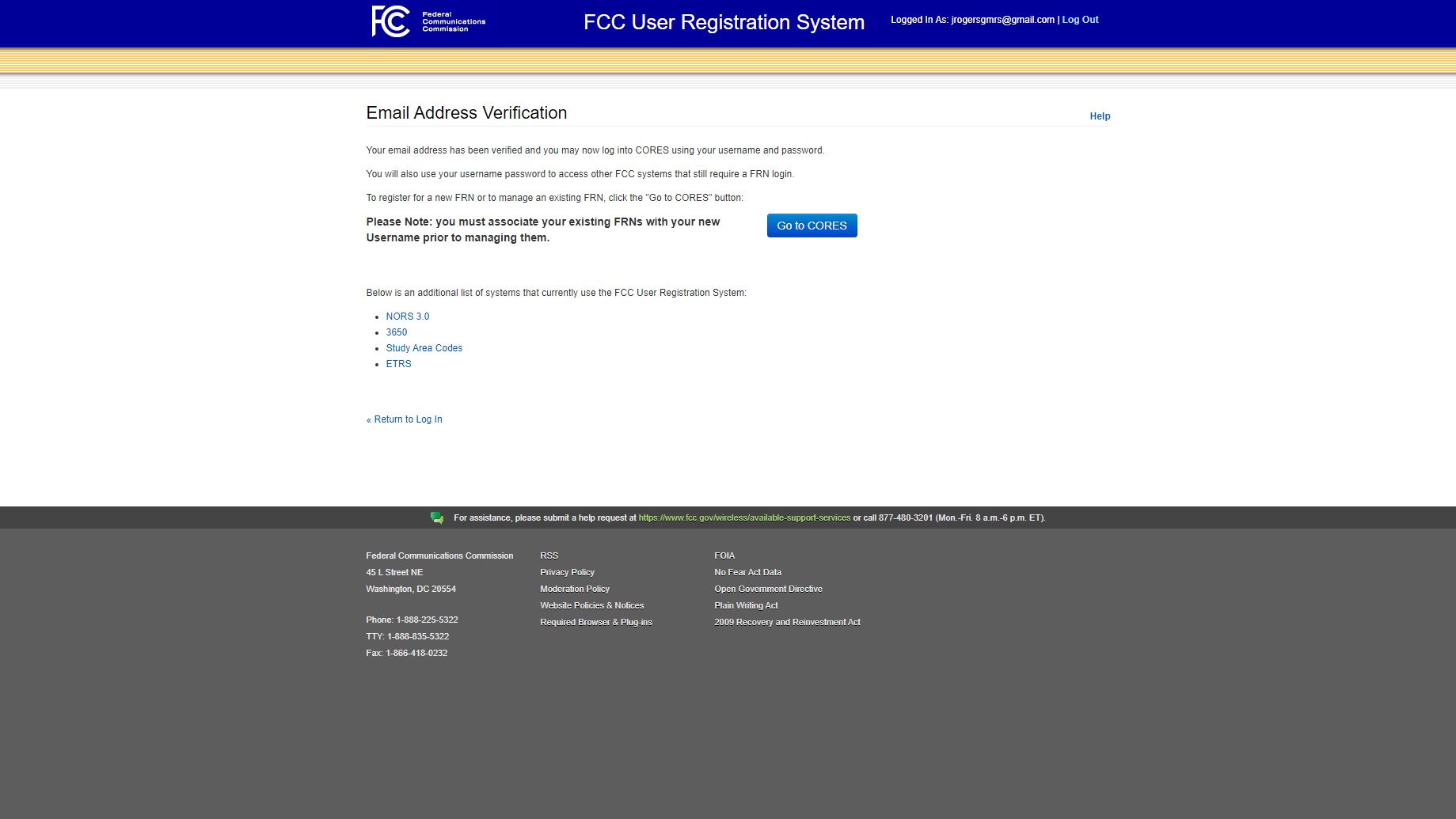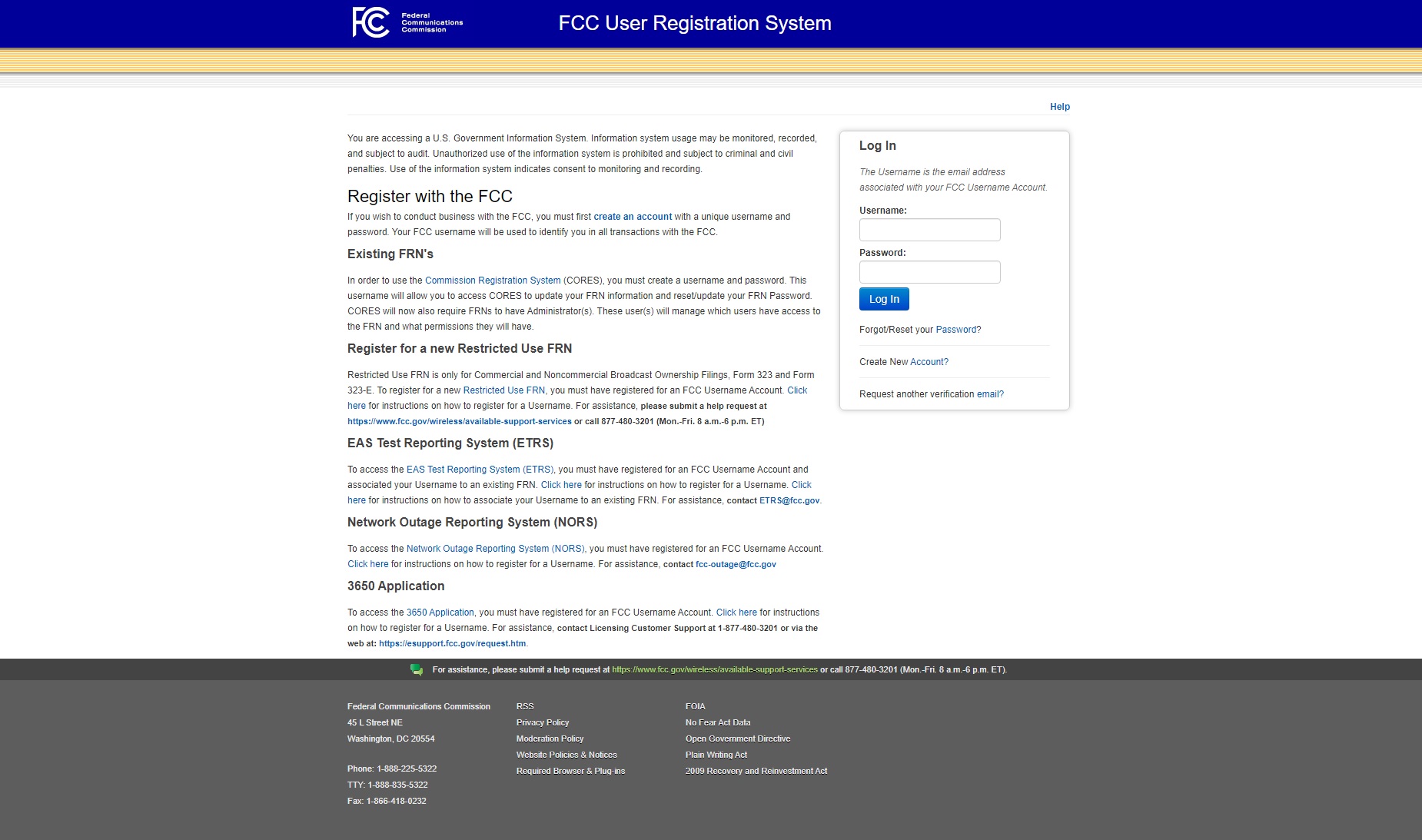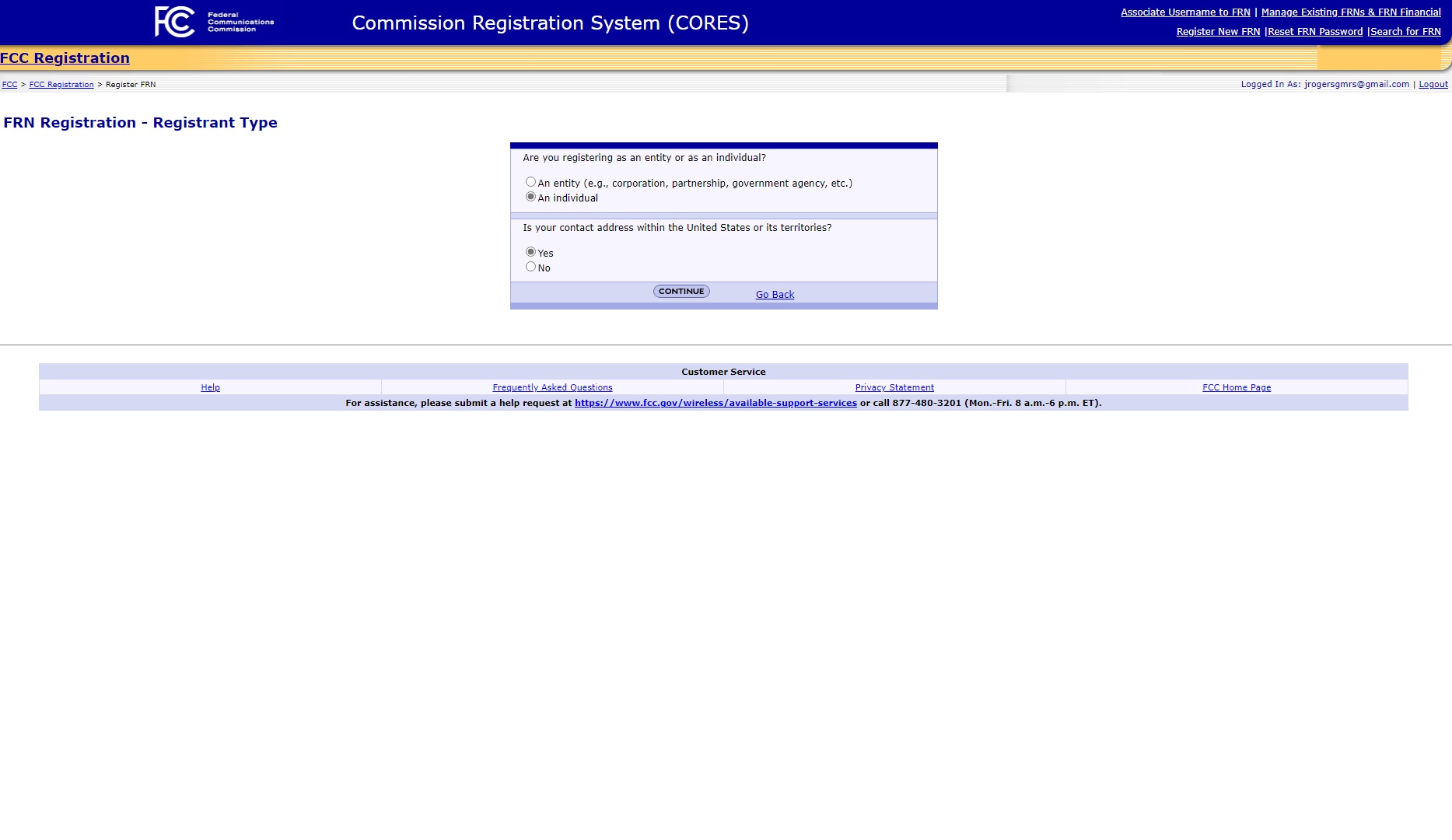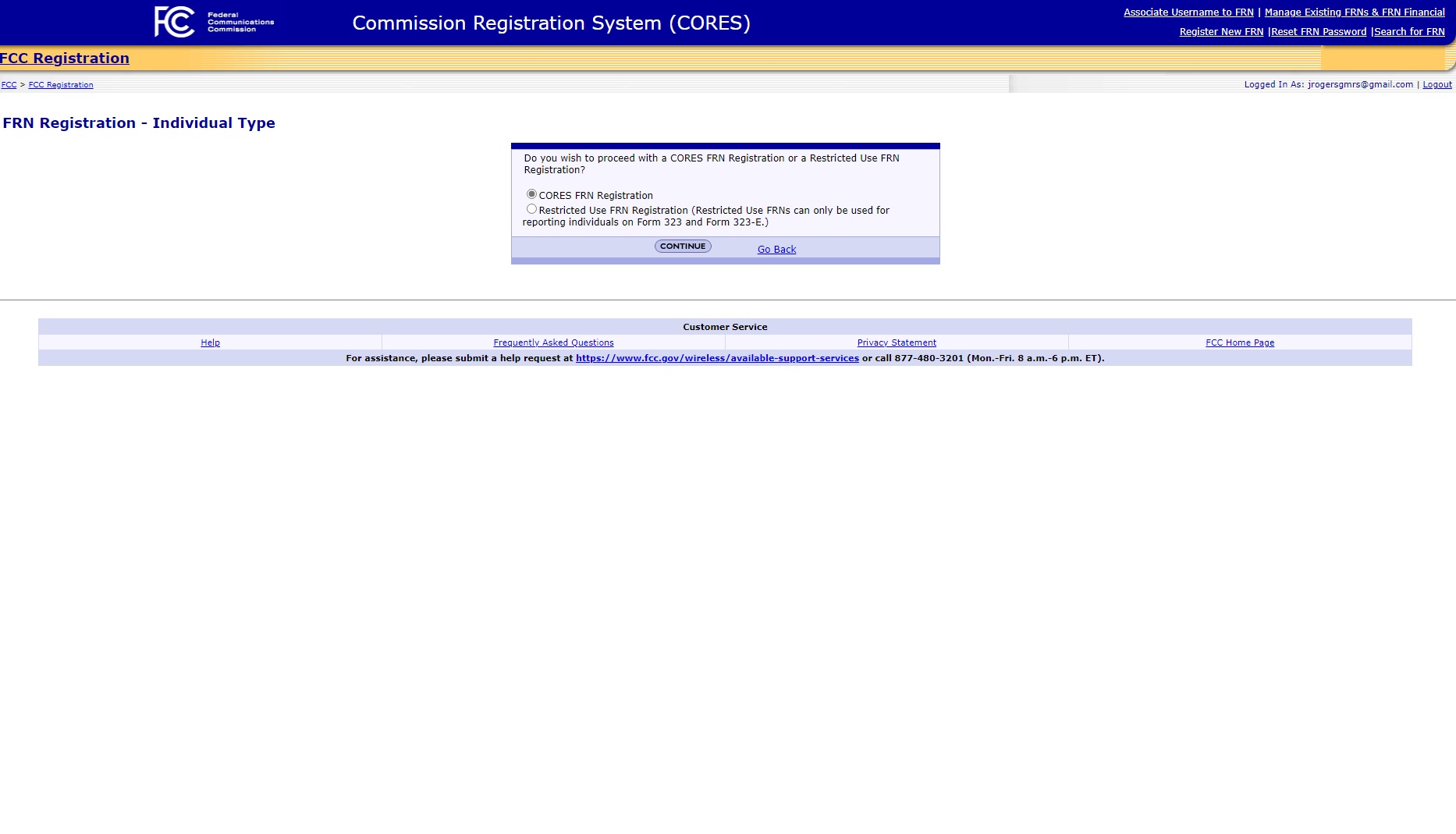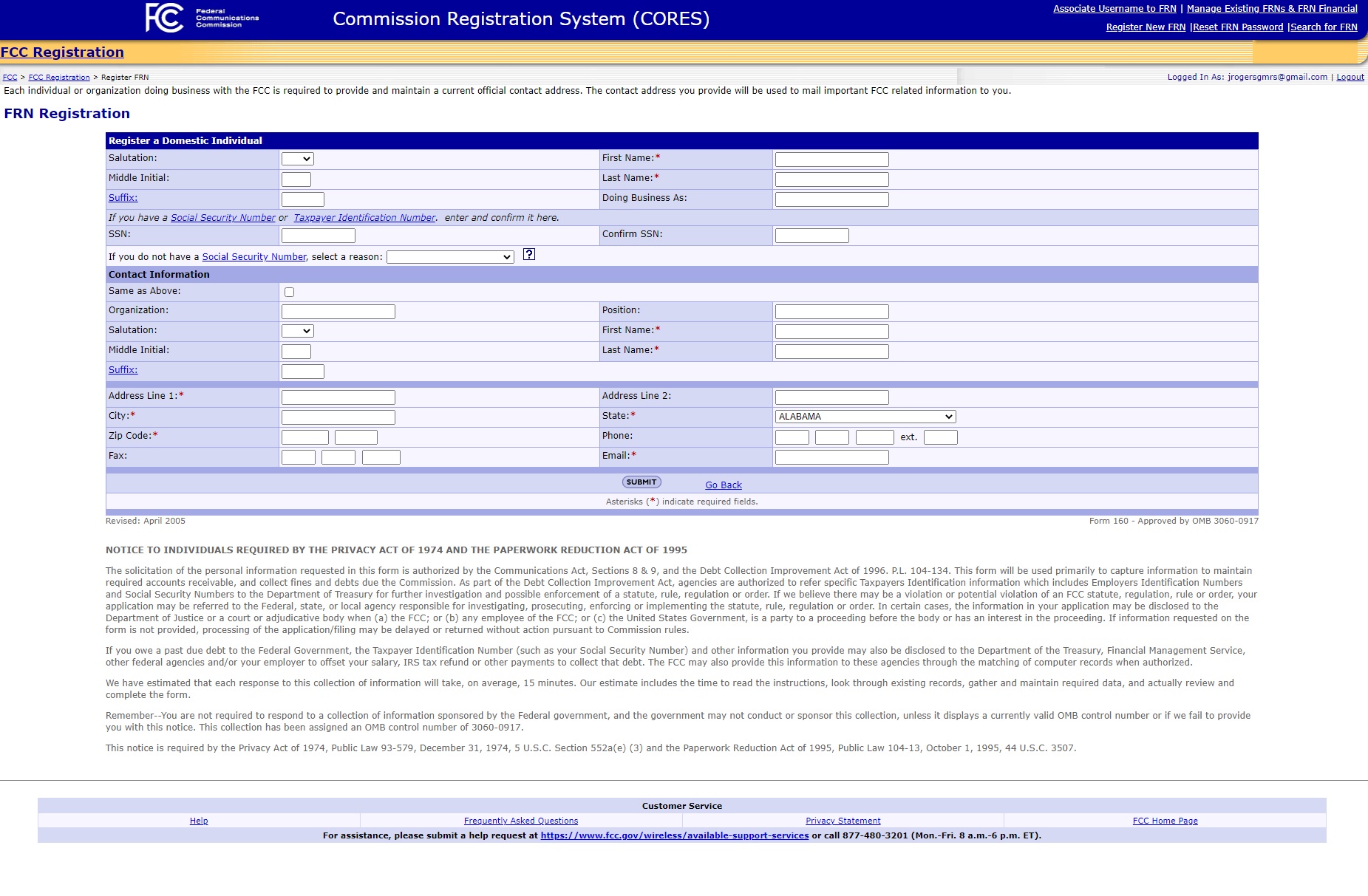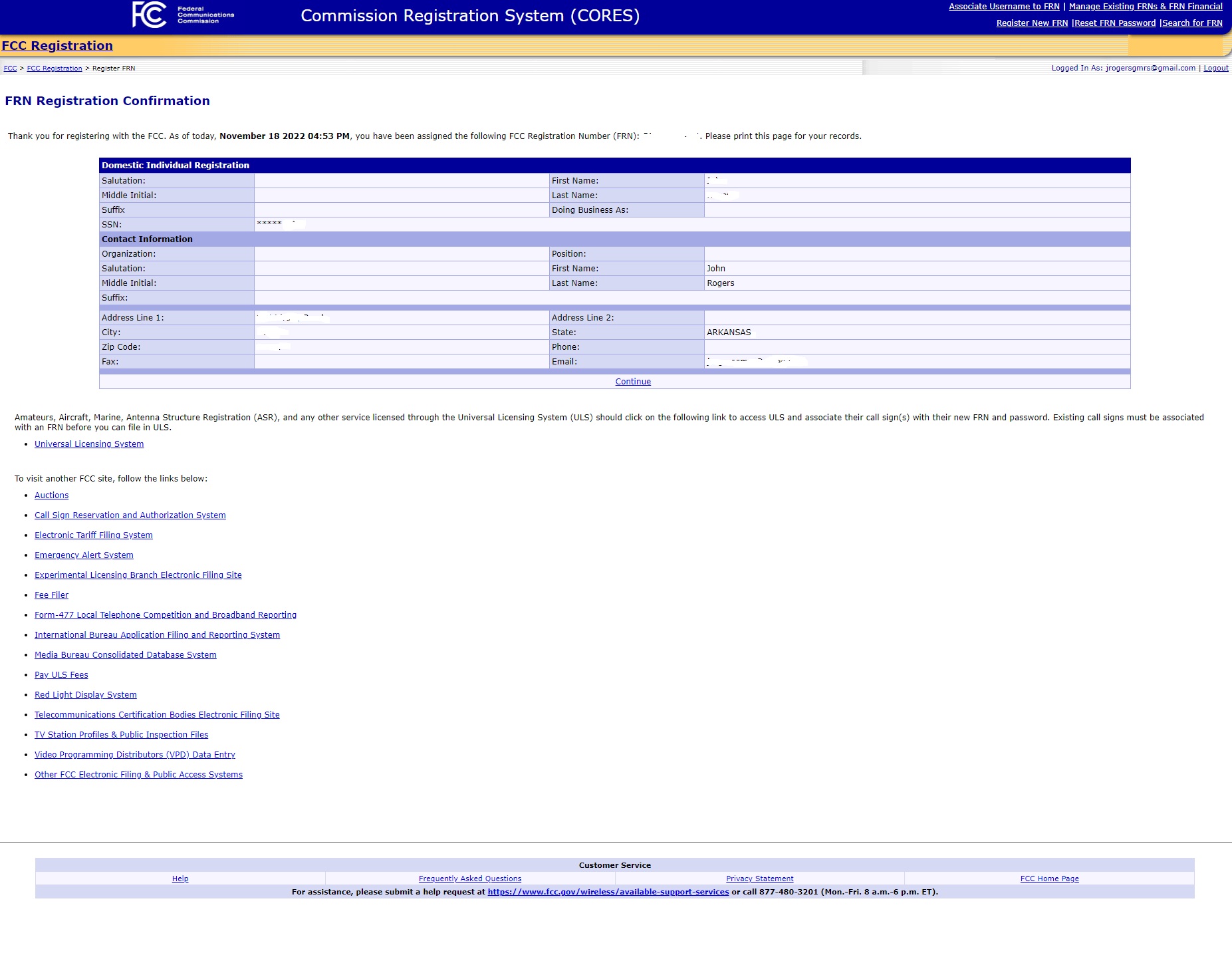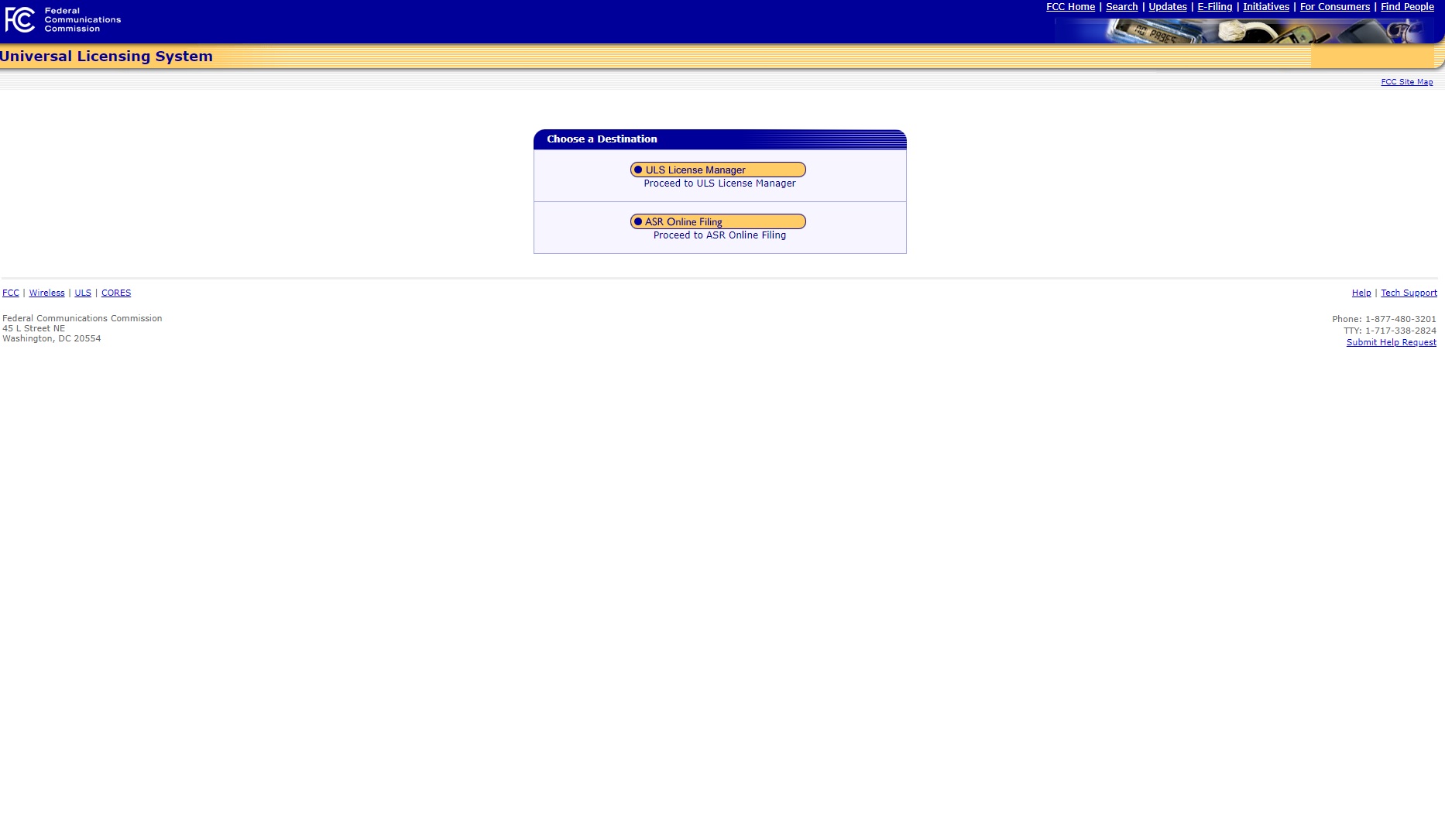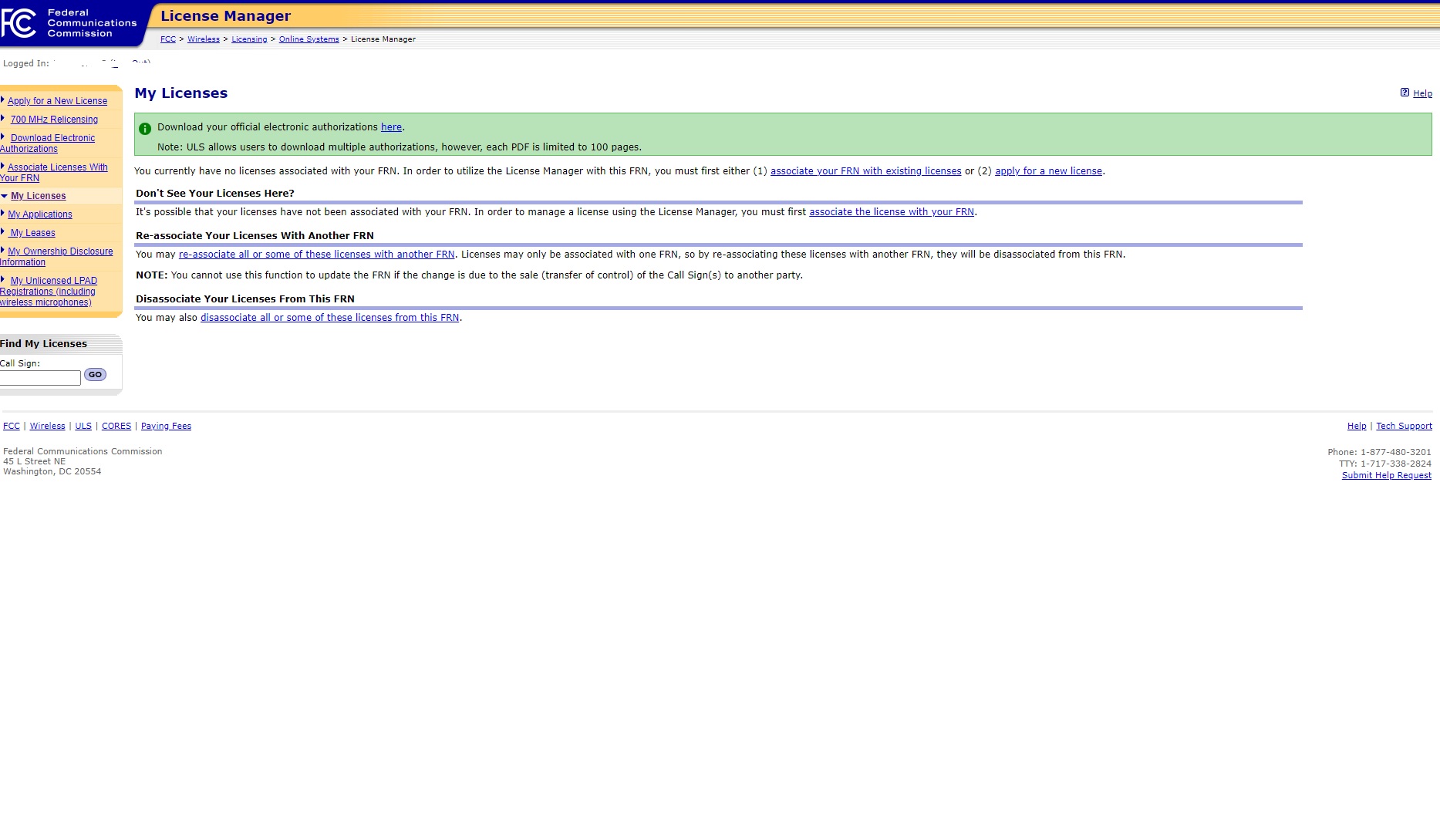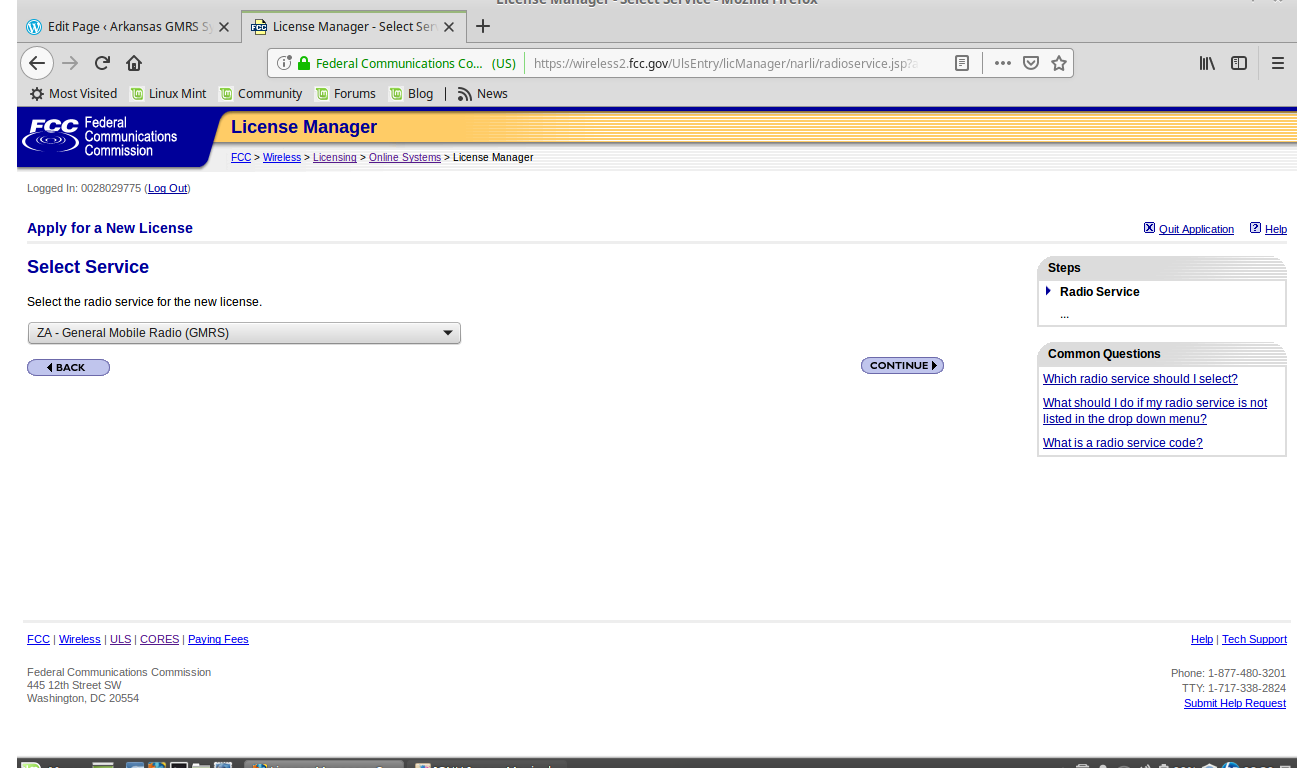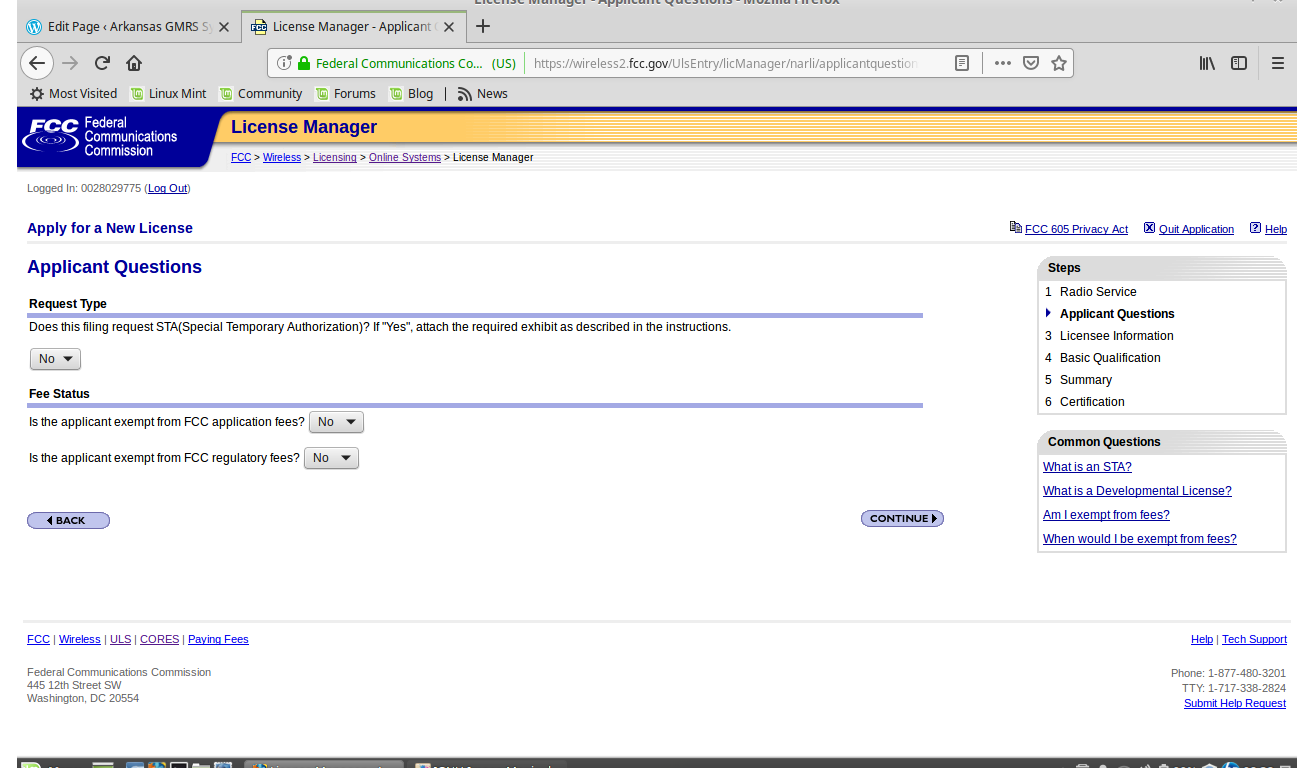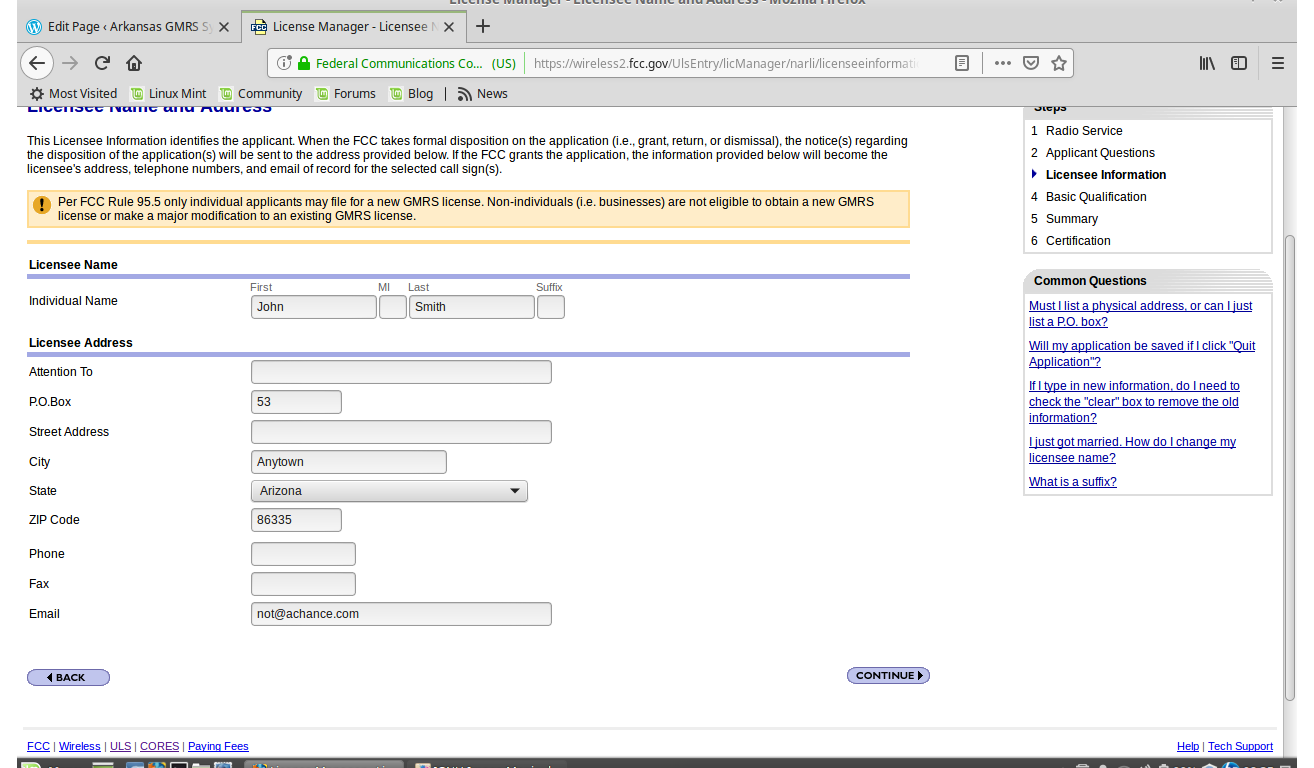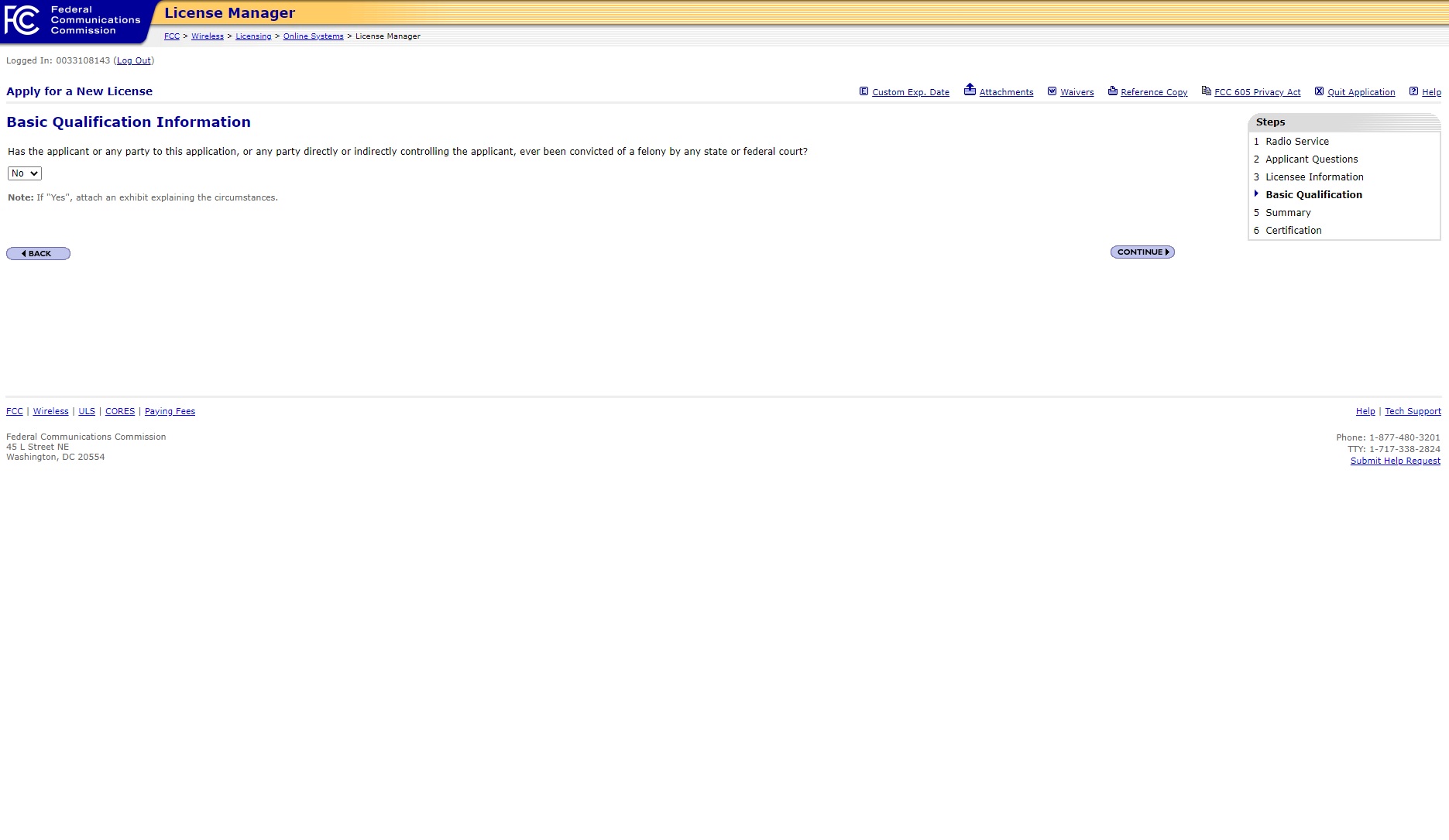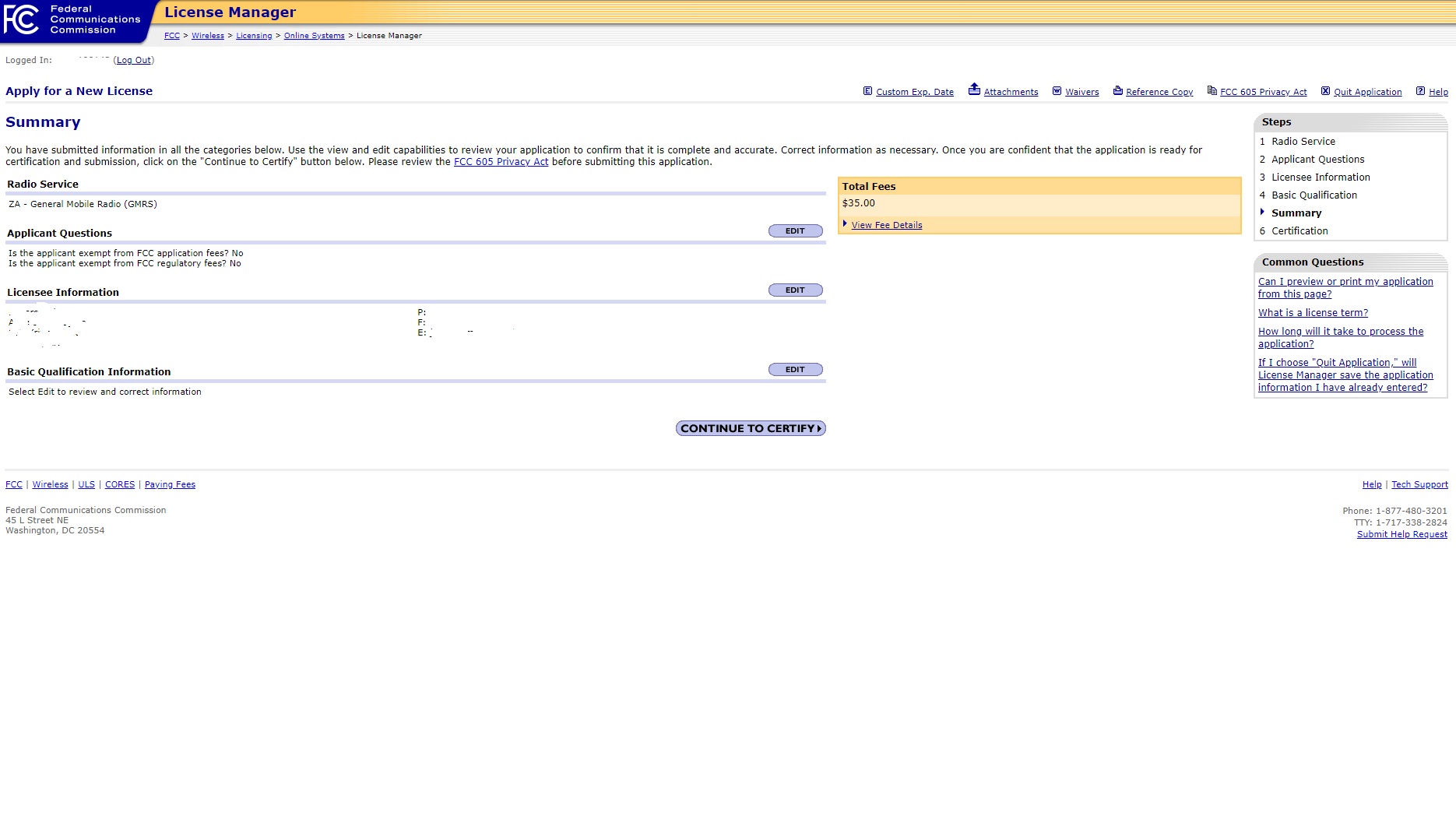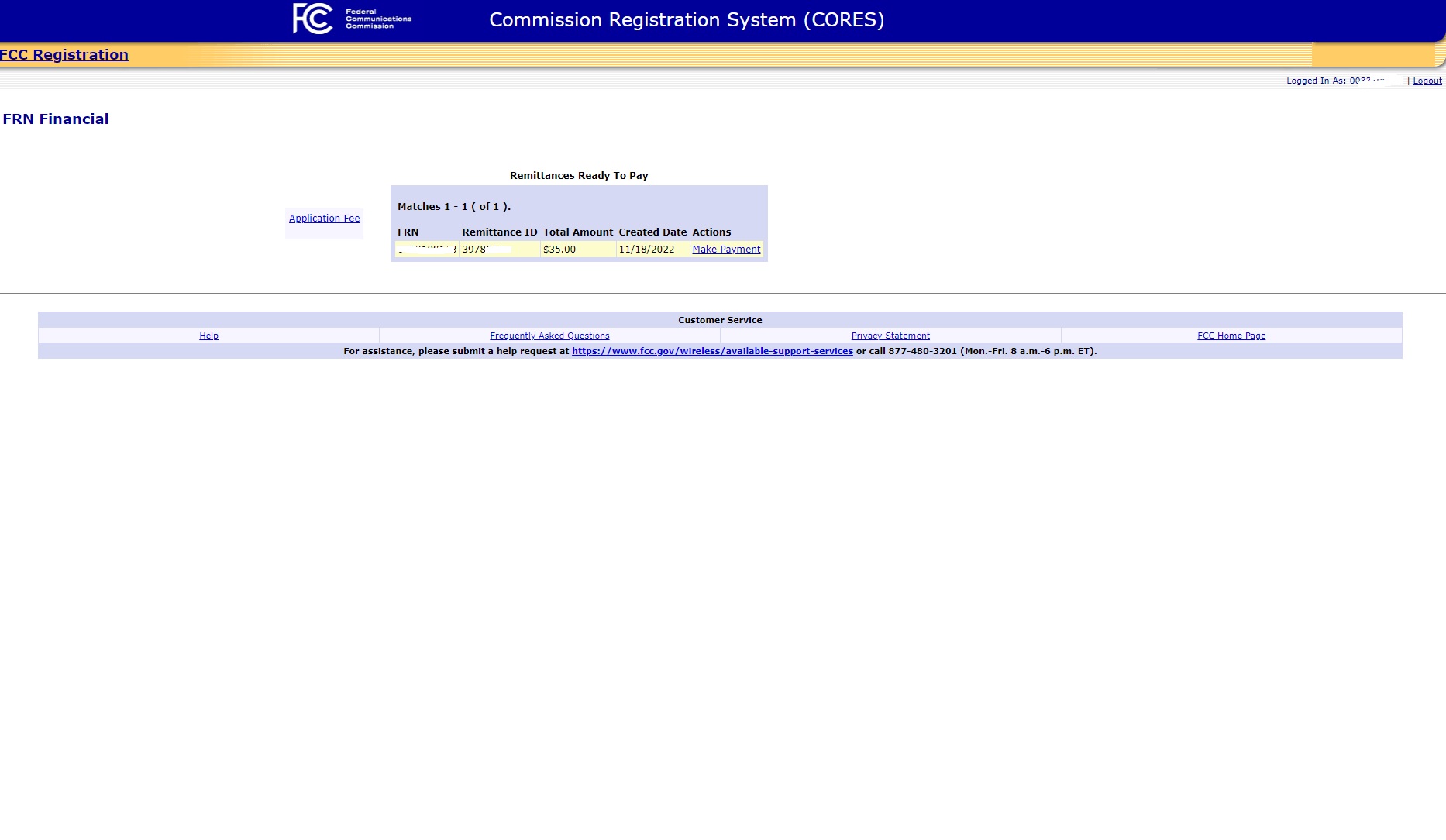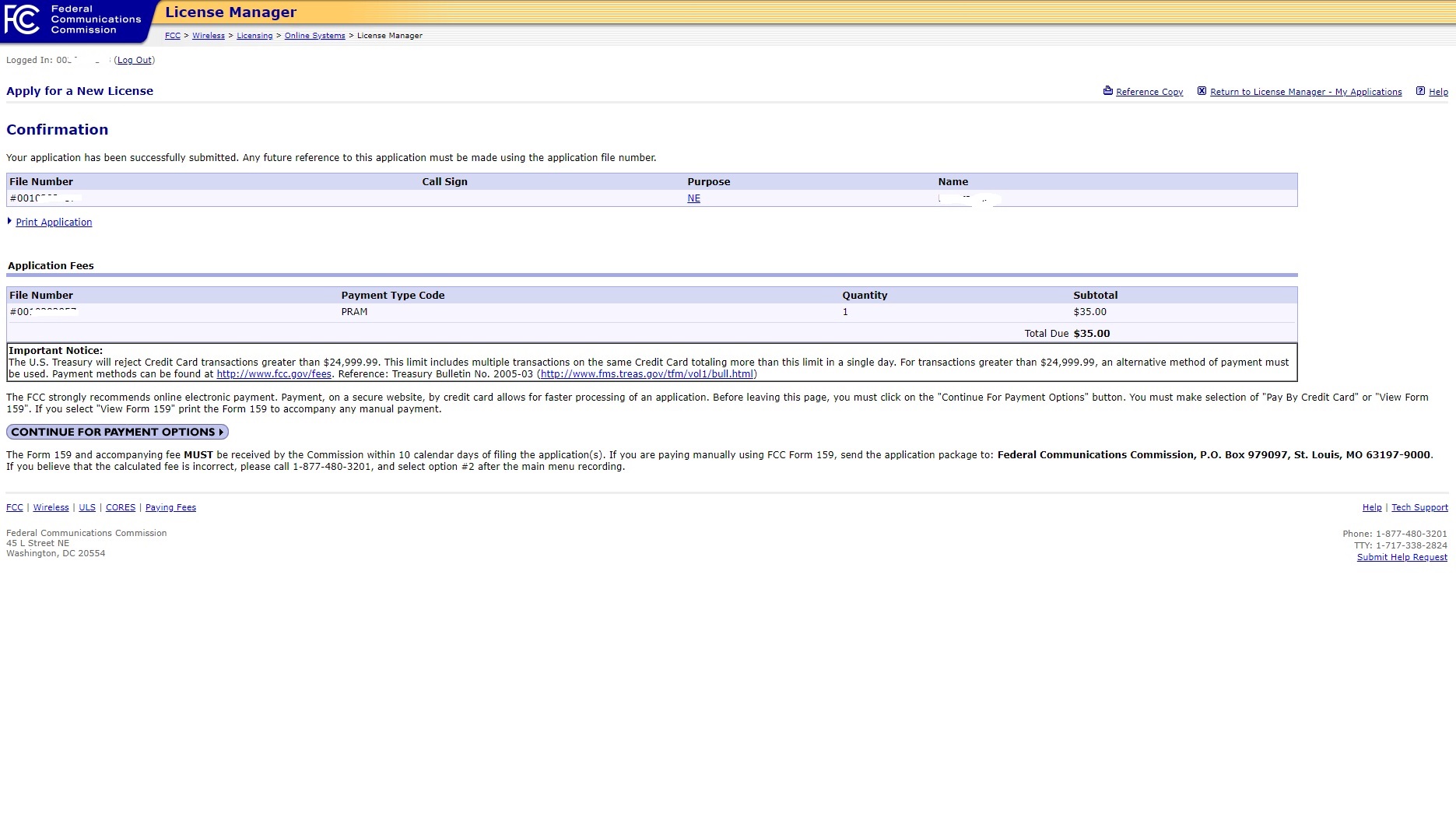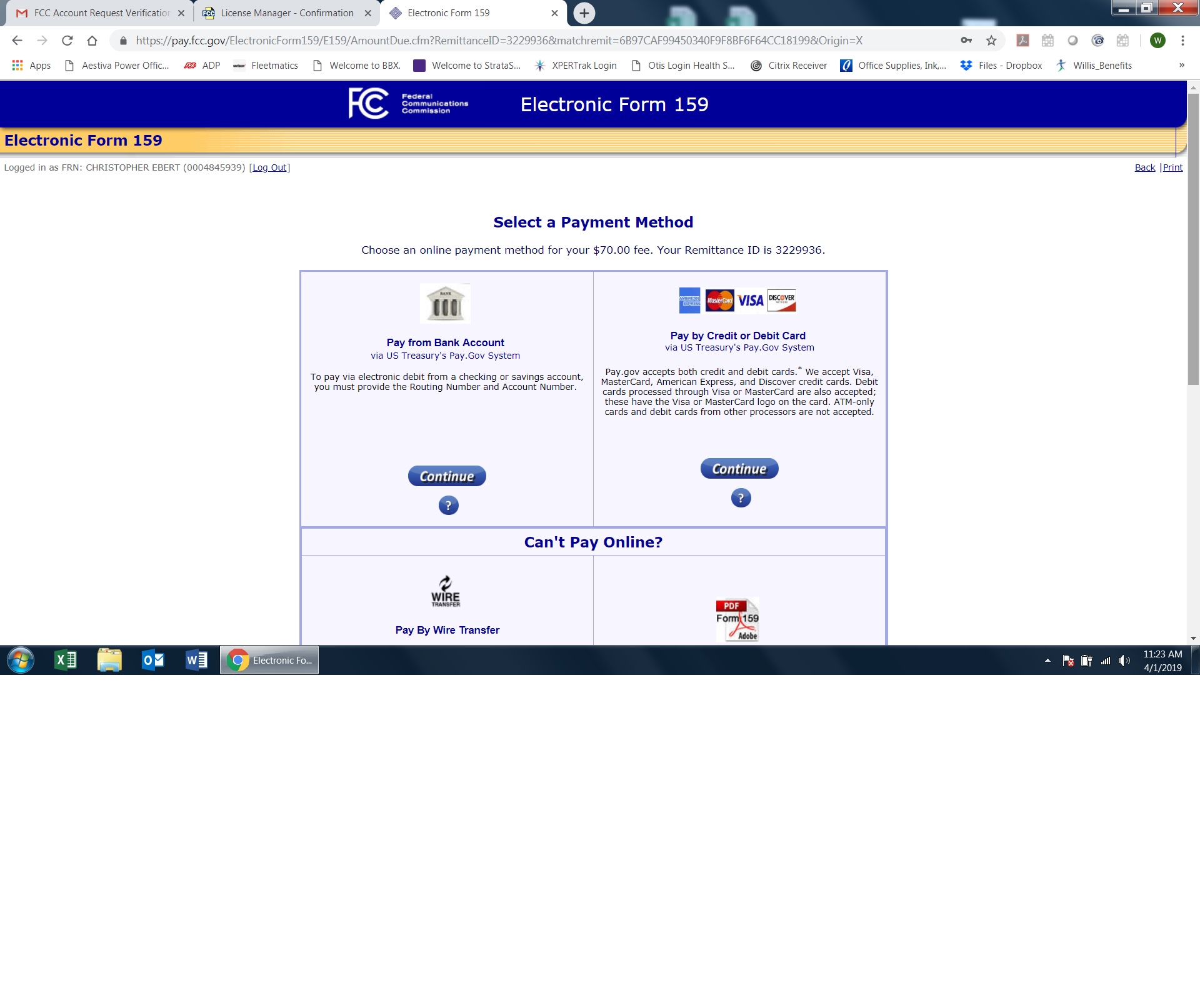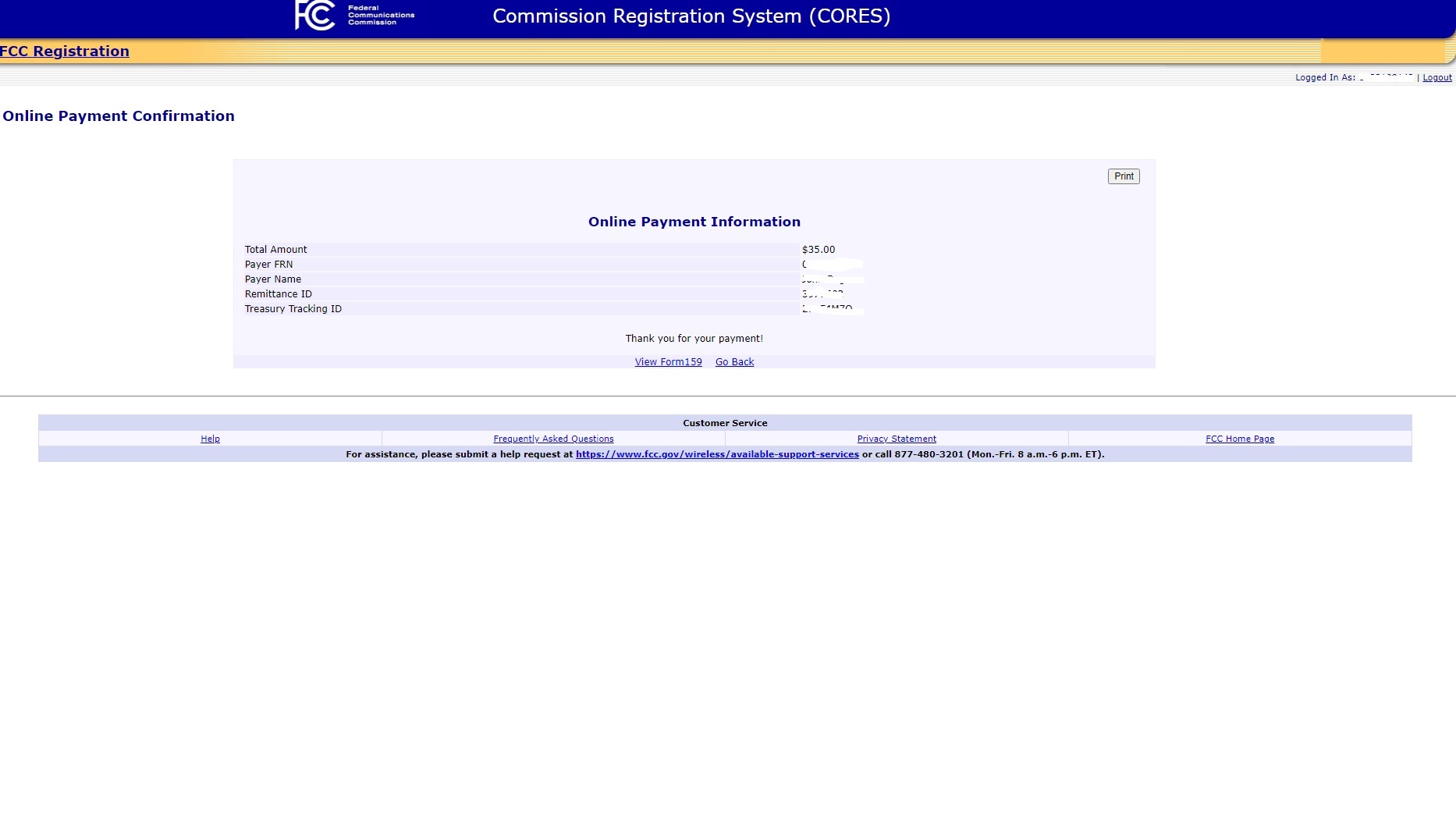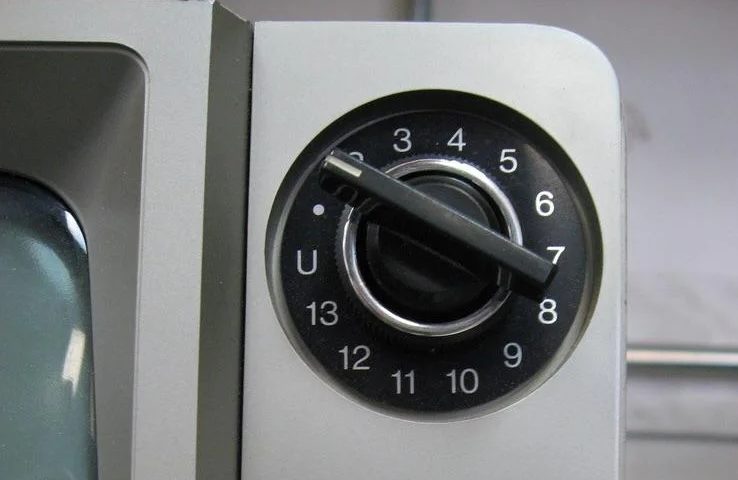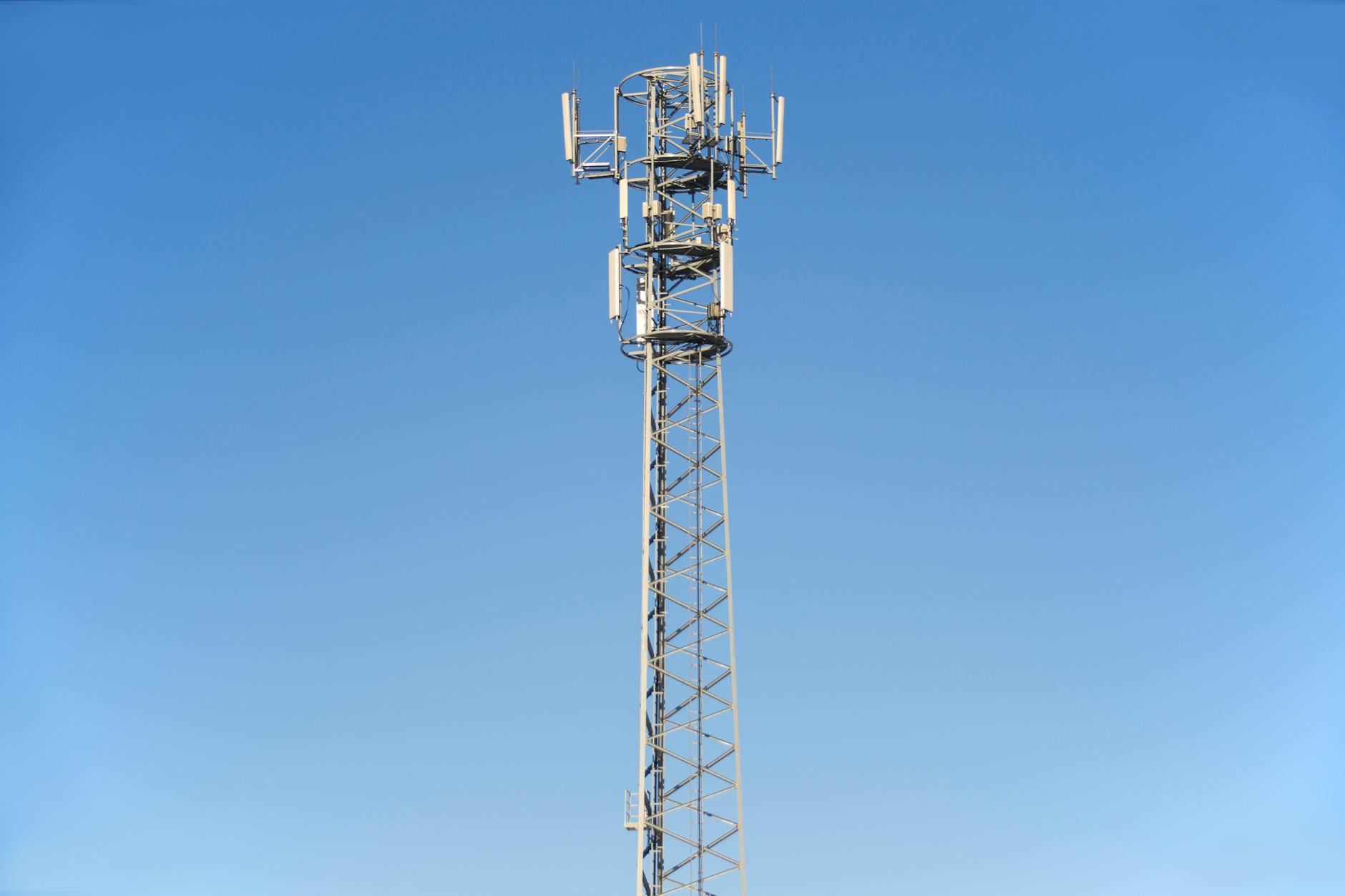Building a GMRS repeater takes time, money and patience. Those that do enjoy communications with their families and friends as needed and many share the system with users like ours. Although the process can be complex, we will briefly review the parts needed to get one going. We have individual repeater pages that will show all the different things our repeater owners have used to build the repeaters we all have access to.
Building a repeater is a graceful, yet complex task of getting the equipment put together, getting it programmed and tuned to work with each other, placing it somewhere that it does the most good, and maintaining it to keep it on the air as reliably as possible. It is a hobby for some all to their own. This page will be a work in process as we help our new members navigate the ins and outs of getting Arkansas GMRS repeaters on the air!
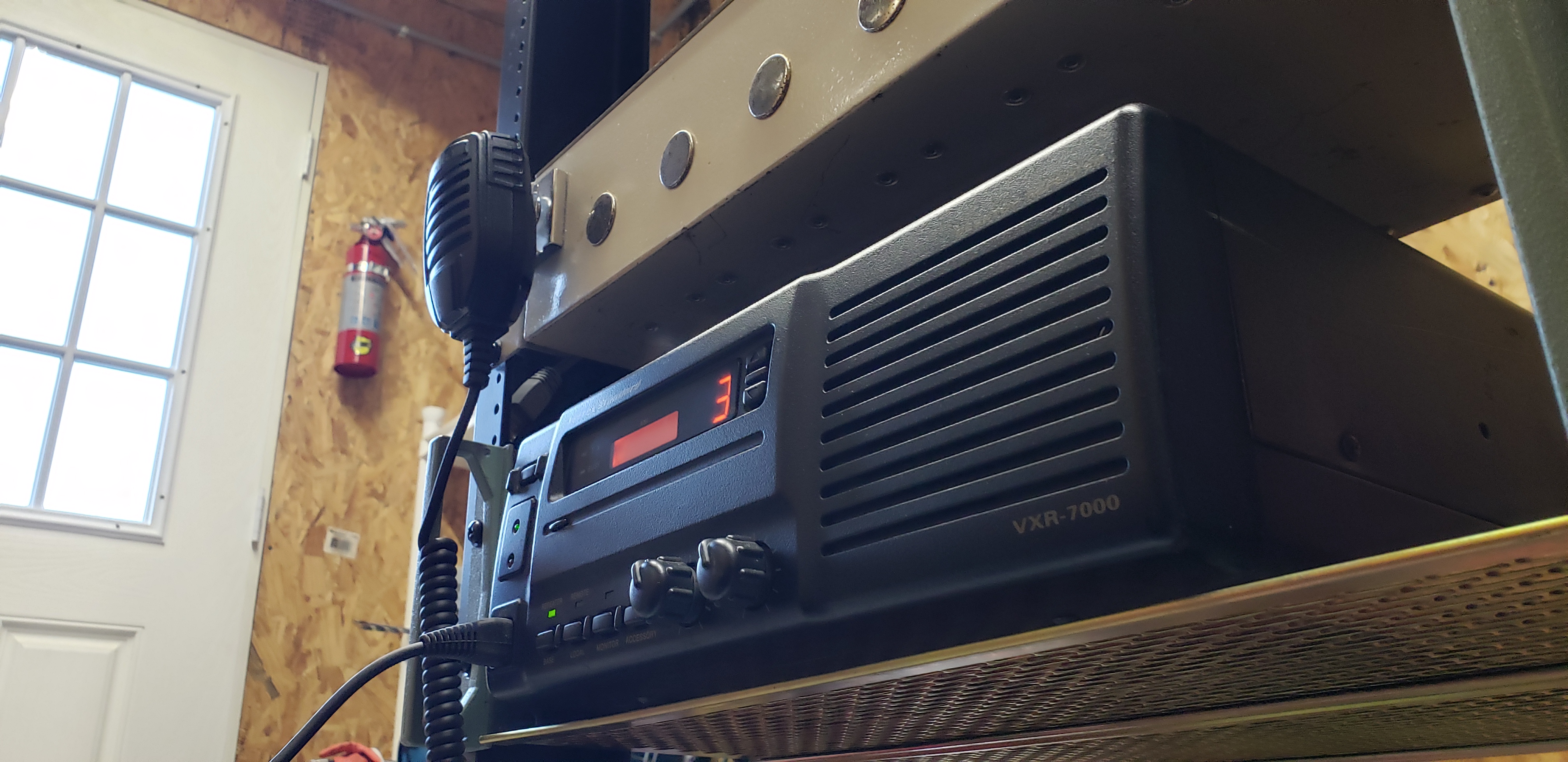
Repeater
A repeater is a specialized radio that listens on one frequency and re- transmits signals on another. There is often terms called an Input frequency and an Output frequency. GMRS repeaters use frequencies in the 462 and 467 Megahertz UHF range to accomplish this. There is a transmitter and receiver built into the same radio system in most like listed above. Sometimes people take two mobile radios to make a repeater with something called a controller attached between them to make them work. This is often times more of a complex process so most GMRS users find a repeater desktop system that is all built into one like the unit listed above. Most radio repeaters will need to be programmed with software for the operating frequencies you choose.
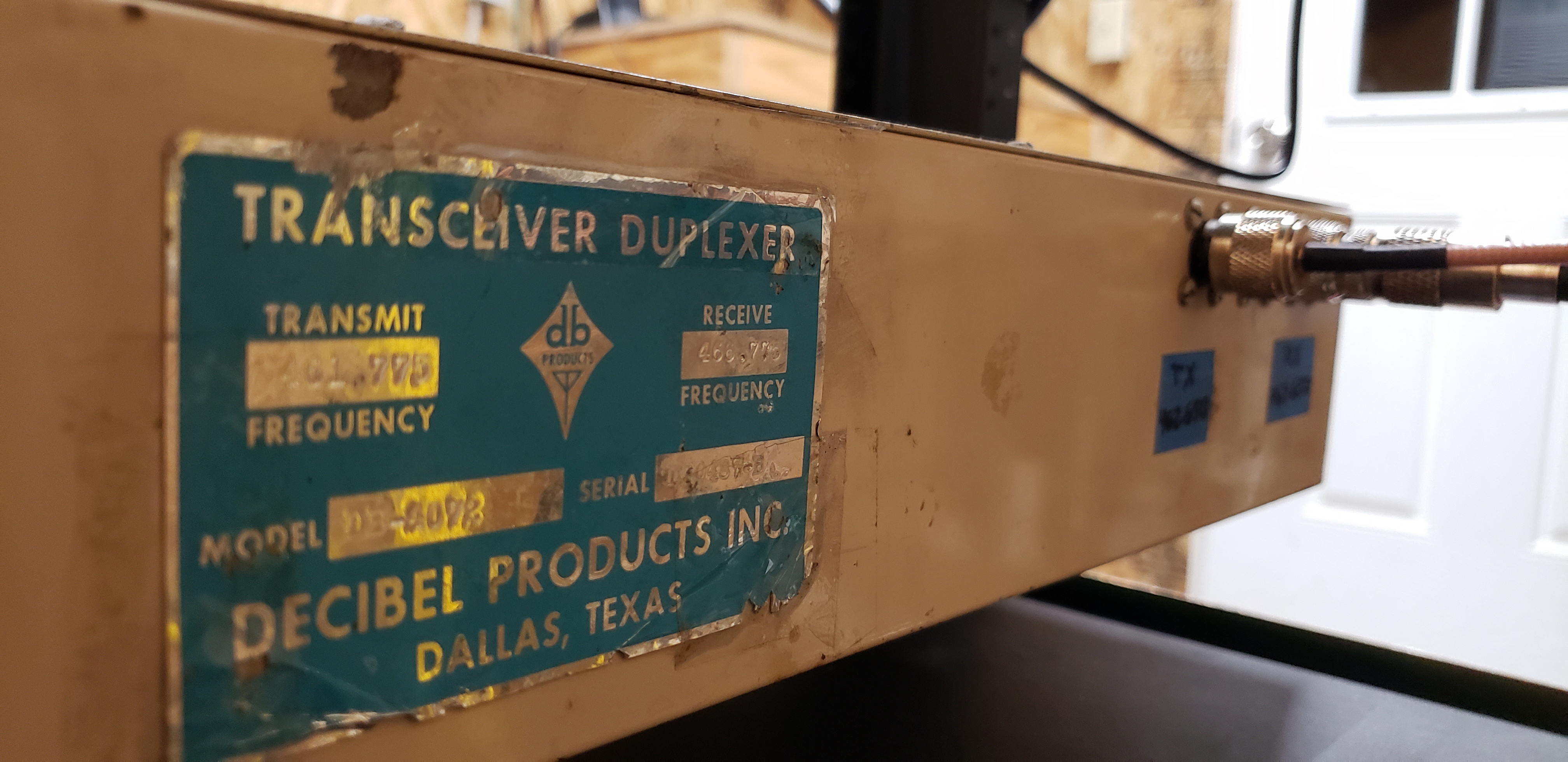
Duplexer
This is a specialized piece of equipment that takes radio signals and divides them so they don’t interfere with each other while using one antenna. Repeaters use two frequencies; an input (467.700 MHz) and an output frequency (462.700). If you didn’t have this duplexer, your system would have to have two separate antennas, which many times is not cost effective due to the fact they not only double your antenna system but also have to be spaced apart far enough as to not interfere with each other. A duplexer combines the signals from the repeater, provides isolation between the two frequencies being used and allows you to use one antenna and one feedline/coaxial cable. Duplexers need to be tuned by competent personnel such as a radio shop to the desired frequencies. We have many members in the Group that perform this task also!
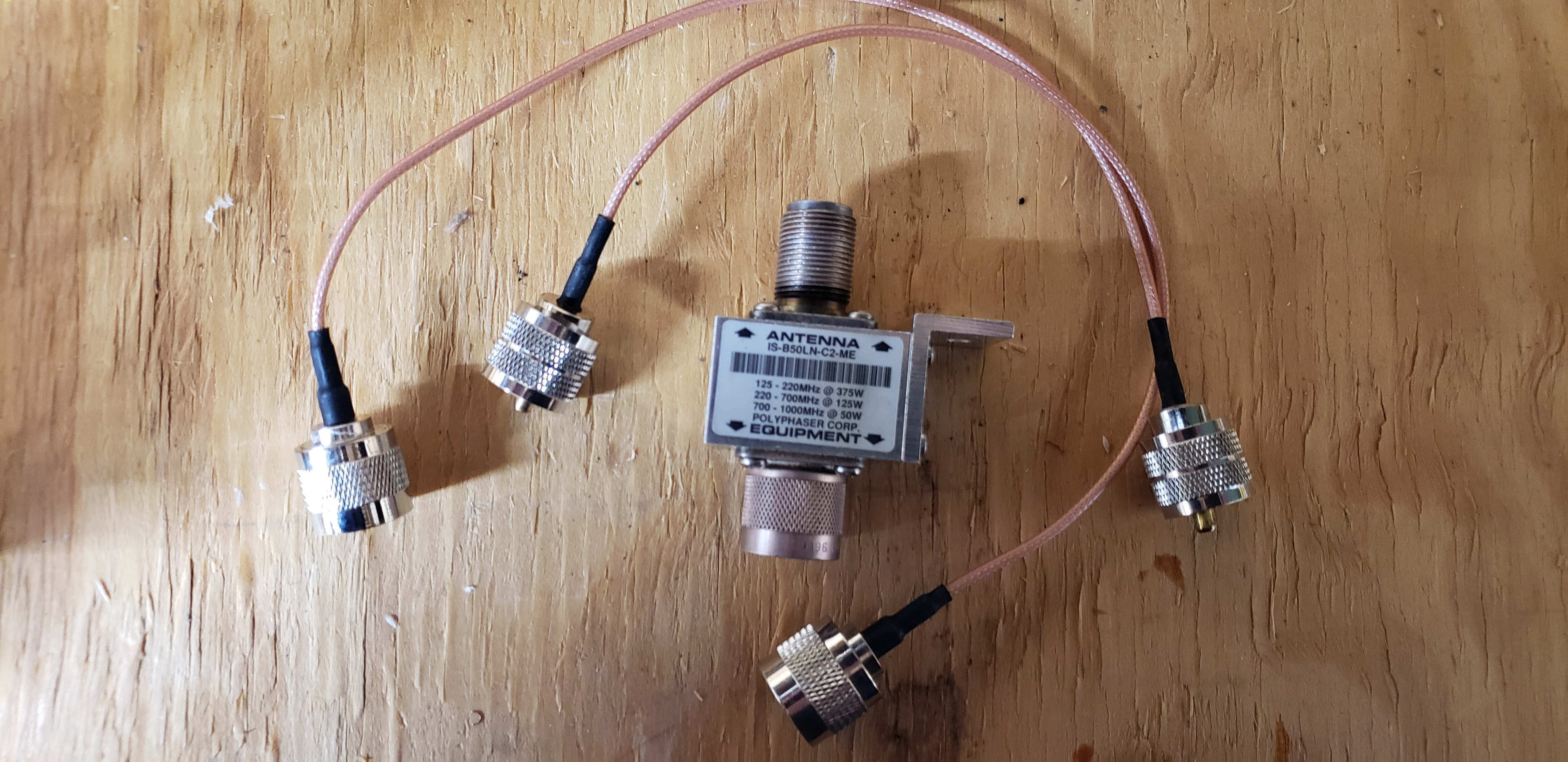
Antenna and Connectors
The antenna you choose is the most critical part of your repeater system. When making your investment in the system, this is where you should spend the money. A bad antenna will make a good repeater sound bad. Likewise, a good antenna system will make lesser repeaters sound great. You will need a good antenna, good coaxial cable (often times we use hard line such as 1/2″ Heliax or greater) good connectors and good grounding. Antennas should be placed in as high as possible; on tall buildings, towers or other structures where the antenna gets above the trees and can “see” and listen for signals. Likewise, invest in grounding/lightning protection to protect your equipment as much as possible. We are in Arkansas, after all!
Here is a copy of a recent Excel Spread Sheet of what one of our member affiliates purchased in order to get a repeater system on the air. It’s free and the costs vary depending on what and where you buy the items listed. There are many options for different things!
Building a repeater system doesn’t have to be scary. There is a lot of information on the Internet on how to do this, you just have to know what you’re looking for. We have a group of dedicated GMRS licensees that are actively building, using and enjoying these repeater systems. But we need more.
